
At Spotify, we are committed to creating an array of podcasts that engage, inspire, and inform our listeners and can be streamed wherever and whenever, for free. Streaming podcasts isn’t just for your entertainment, however; streaming also provides greater insights for our creators, helping them see what is resonating with audiences. These valuable insights, only available thanks to streaming, allow us to create better shows and help you discover more shows. We are able to suggest and introduce you to programming we think you’ll like based on your listening, from podcasts to music and more.
We want to acknowledge that some have pointed out to us that their favorite Spotify-produced podcasts have disappeared from their usual podcast feeds. Therefore, we wanted to take the time to explain where and why these changes have been made, and we hope it brings clarity and a window into our podcasting strategy.
To enhance our discovery and editorial prowess, in the last few months we’ve brought some of our shows exclusively to Spotify. What does that mean? Shows like Serial Killers, Horoscope Today, Motherhacker, and How to Save a Planet will still be available for free, but only on Spotify. Many podcast enthusiasts have found some of their favorite podcasts through our popular playlists powered by your algorithmic listening, like Your Daily Drive, or through our playlists where our expert Spotify editors have personally curated the best episodes.
It’s also important to point out what this change does not mean: that you have to pay to listen to Spotify-produced shows. You’ll still be able to listen to your favorite Spotify Originals for free on our platform.
Although this may require a shift in listening habits, we want to share more about why we are doing this. Spotify’s ultimate mission is to connect millions of creators to billions of listeners around the world and help those creators live off their art. We’re also invested in pushing the medium of audio forward by enabling greater creative freedom and driving the future of audio.
By utilizing streaming technologies, we’ve been able to create new and innovative shows like The Get Up—a daily morning show that mixes pop culture conversation with a personalized playlist. At The Ringer, a Spotify studio, we recently produced a new type of show called Black Girl Songbook—a weekly production that celebrates a different Black artist per episode, mixing talk and commentary with full music tracks. This unique format, available only on Spotify, is also thanks to Spotify’s streaming technology and global catalogue of music.
We believe that streaming is the future of all audio listening and that our technology can provide the opportunity for the podcast ecosystem to grow, innovate, and ultimately create more opportunities for creators across the globe. It is also our priority to keep our world-class content both accessible and free to all users across the globe.
Enjoy our content on Spotify through our Free or Premium services and help enhance the experience for all listeners. Check back for more about our upcoming slate of new shows and hear directly from our hosts via the Spotify: For the Record podcast and blog.




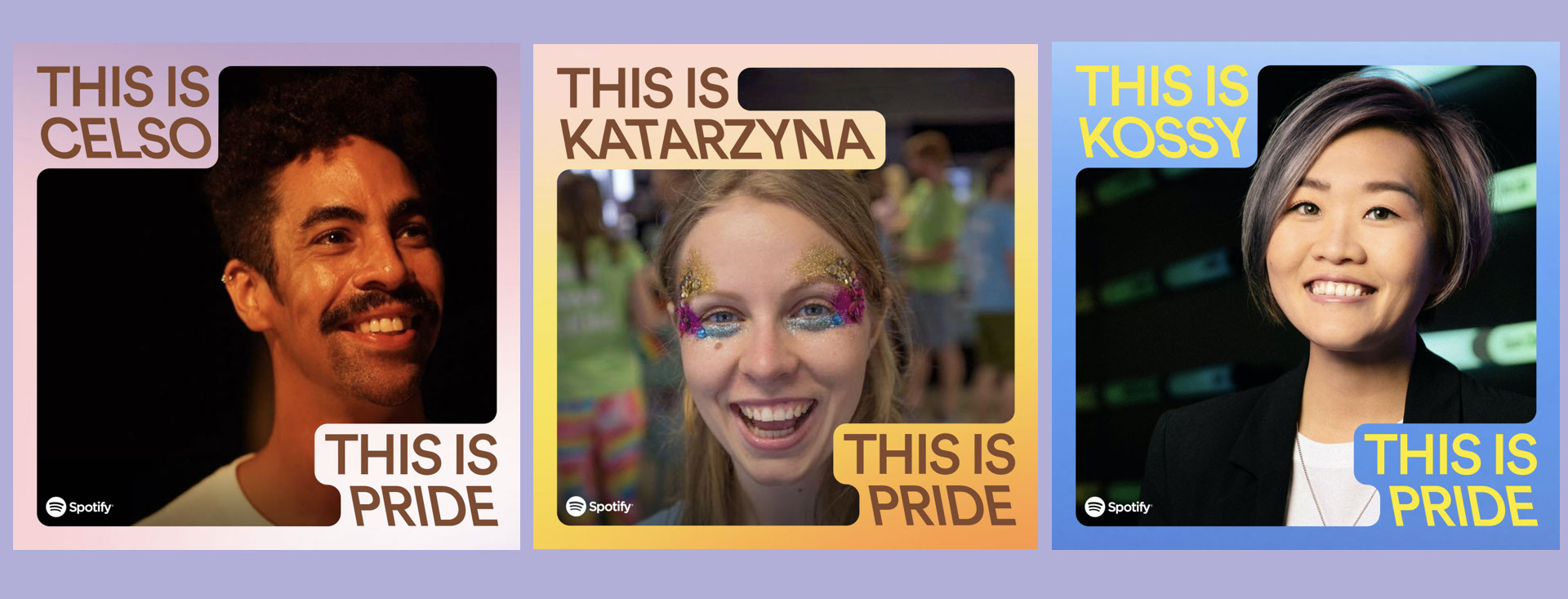



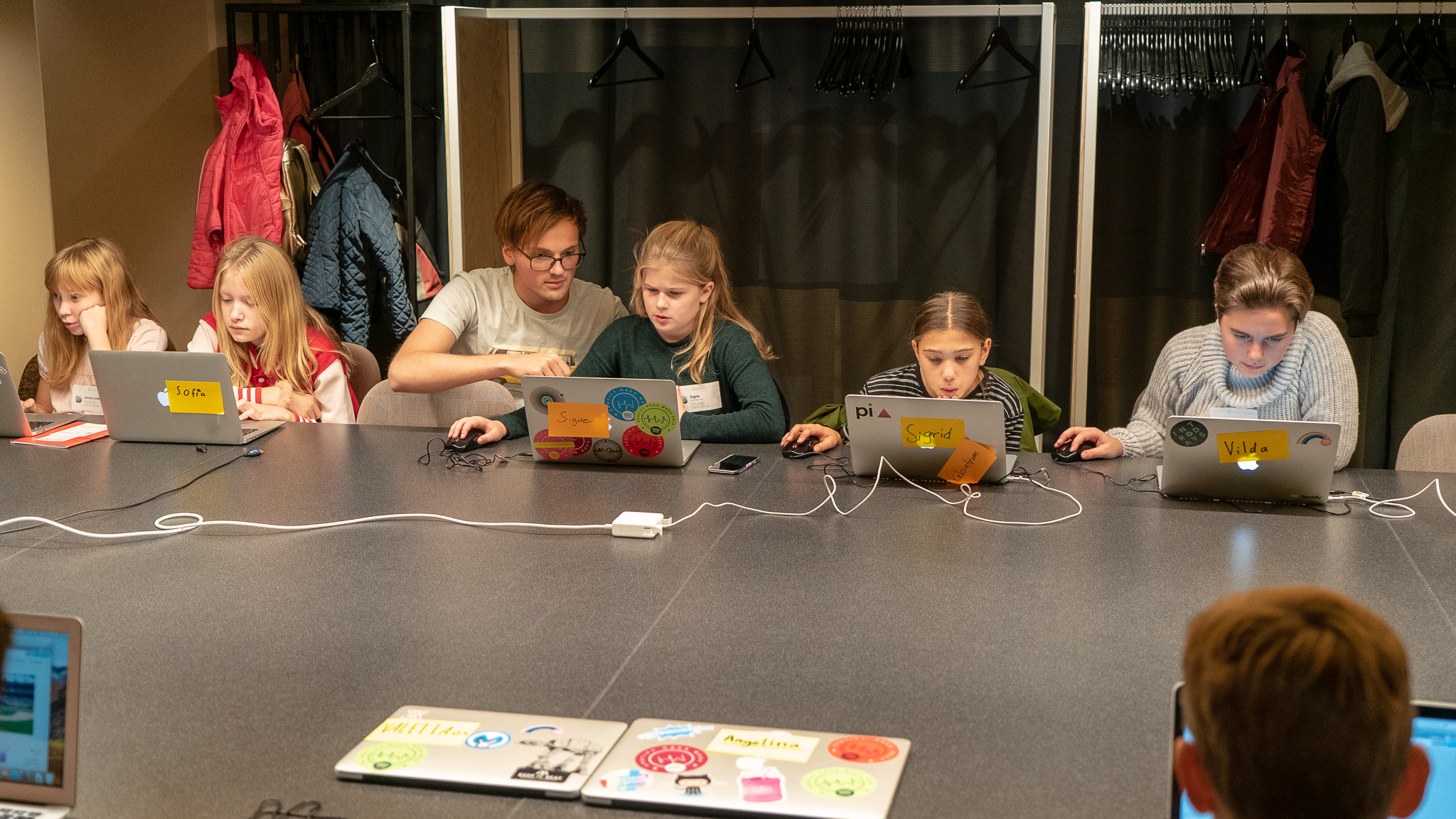
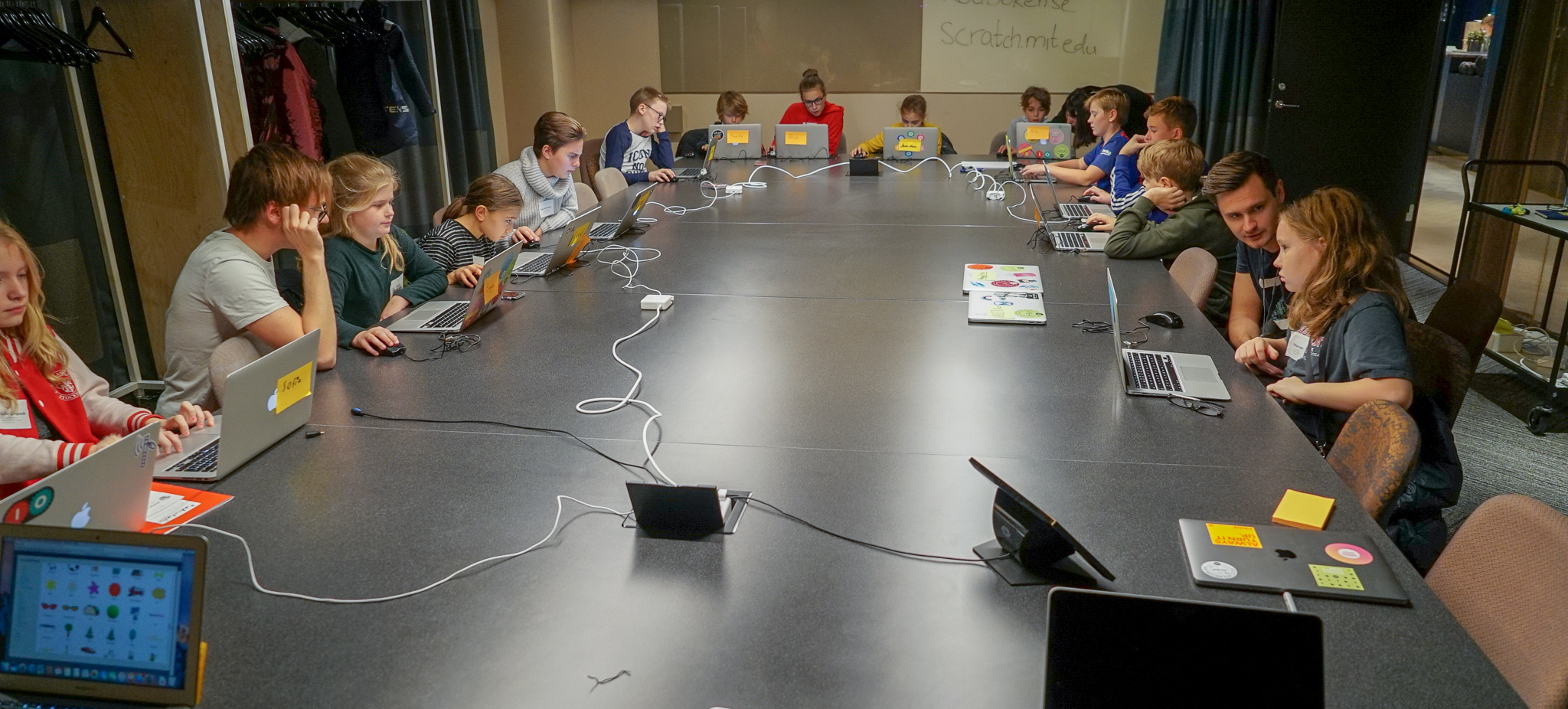


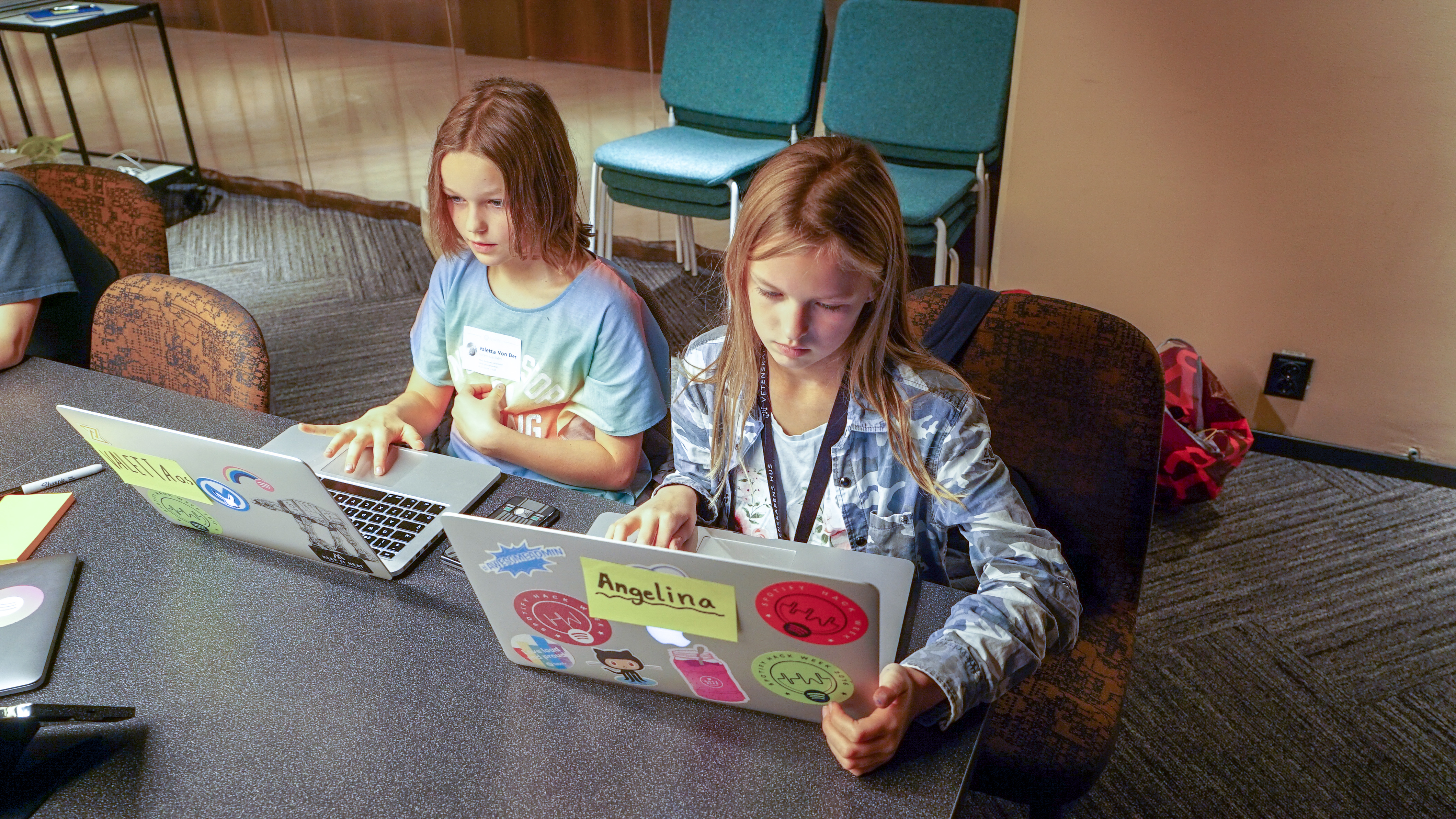
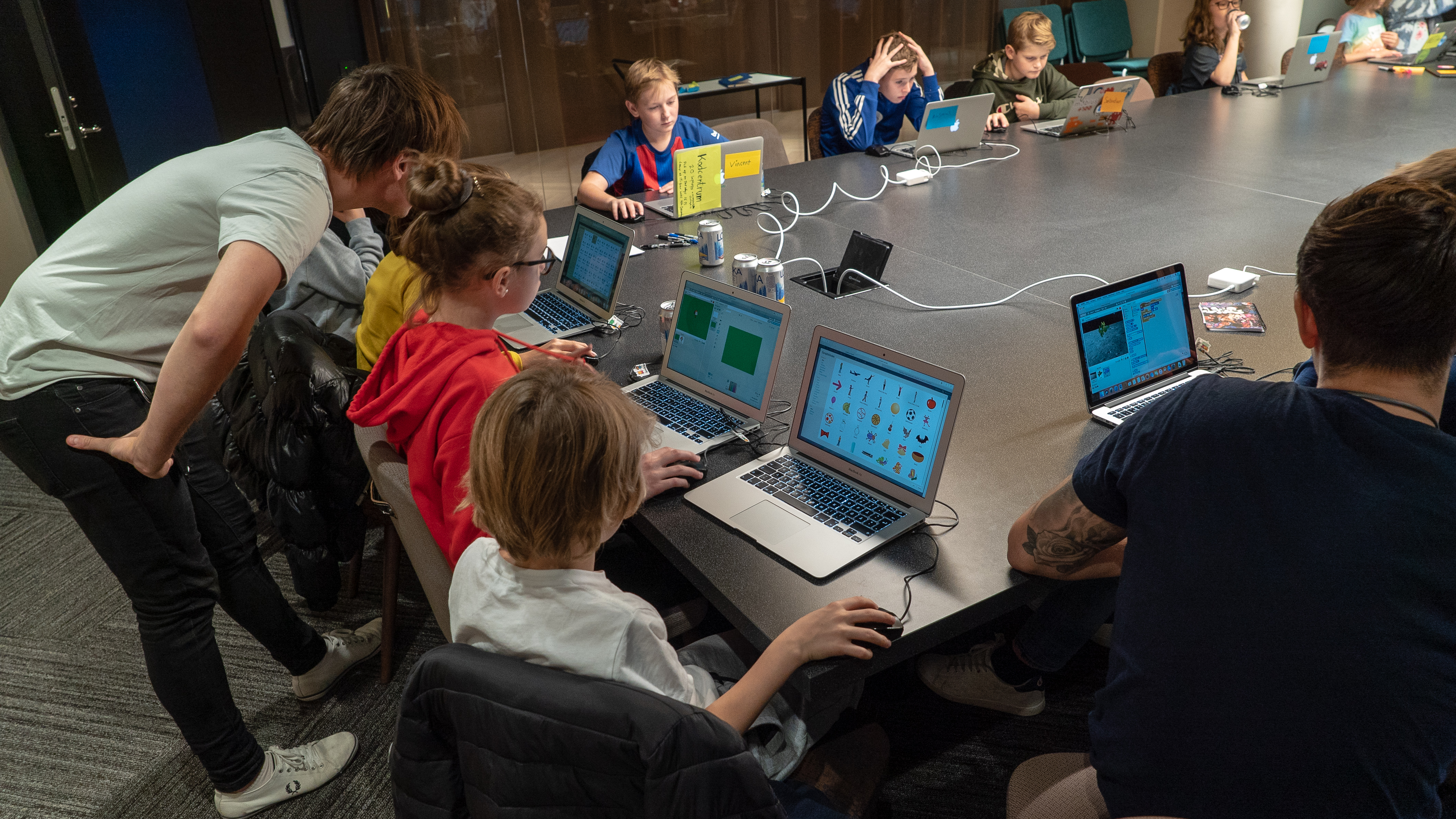


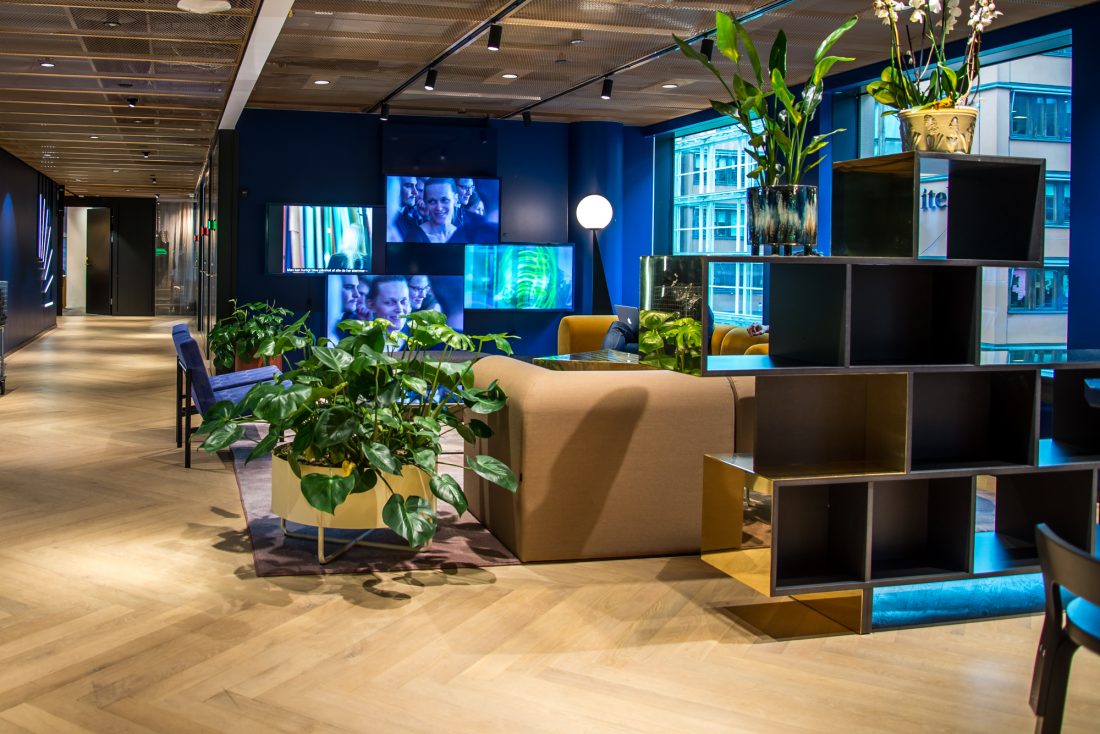

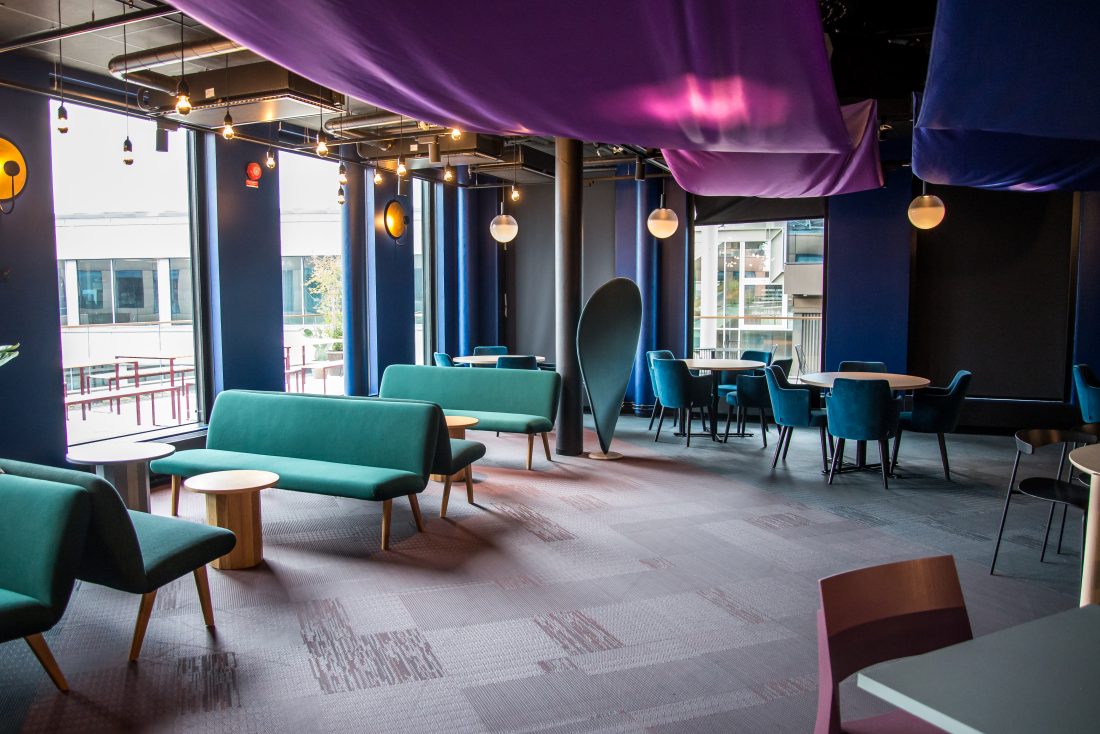
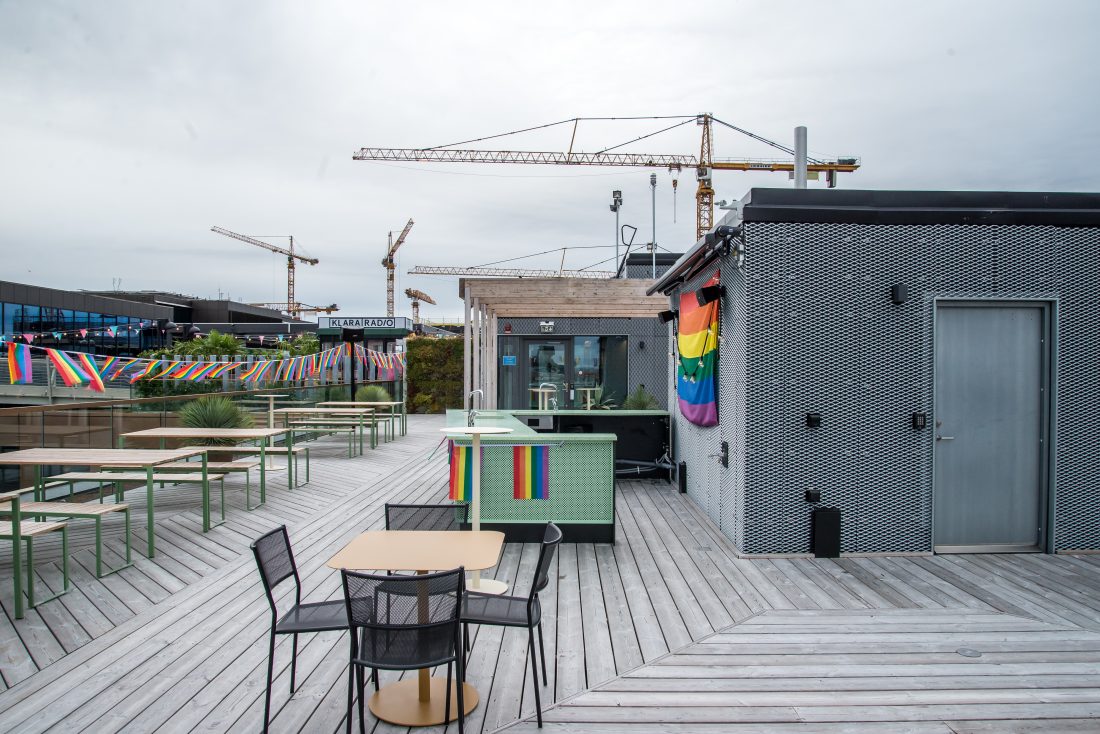
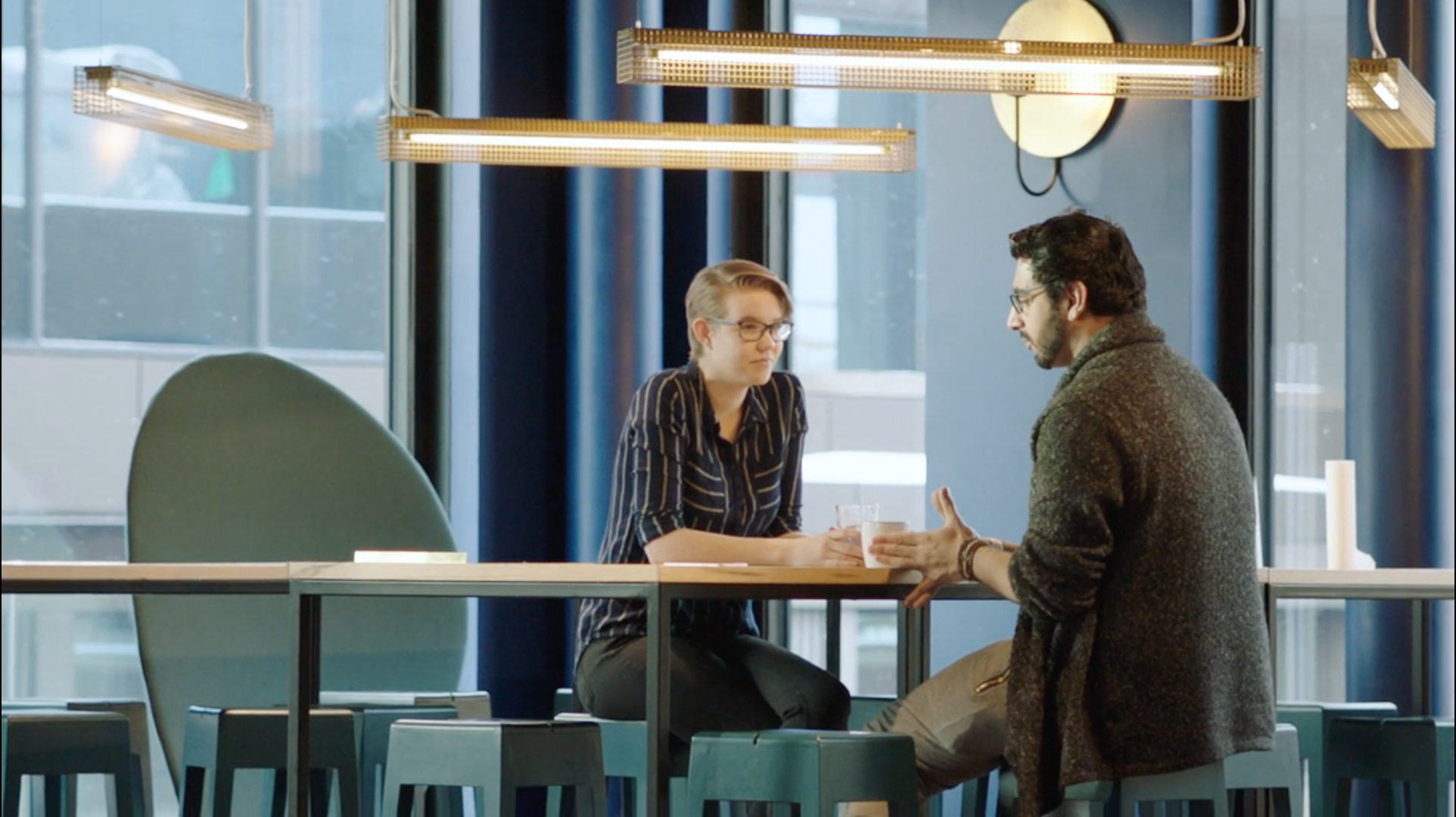
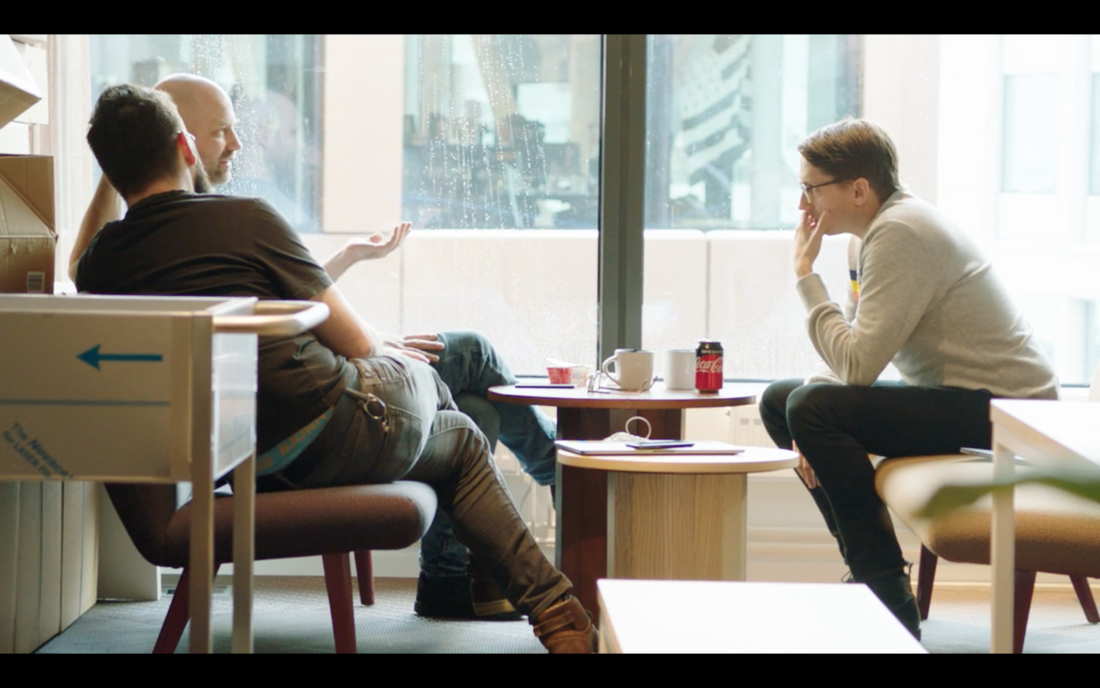
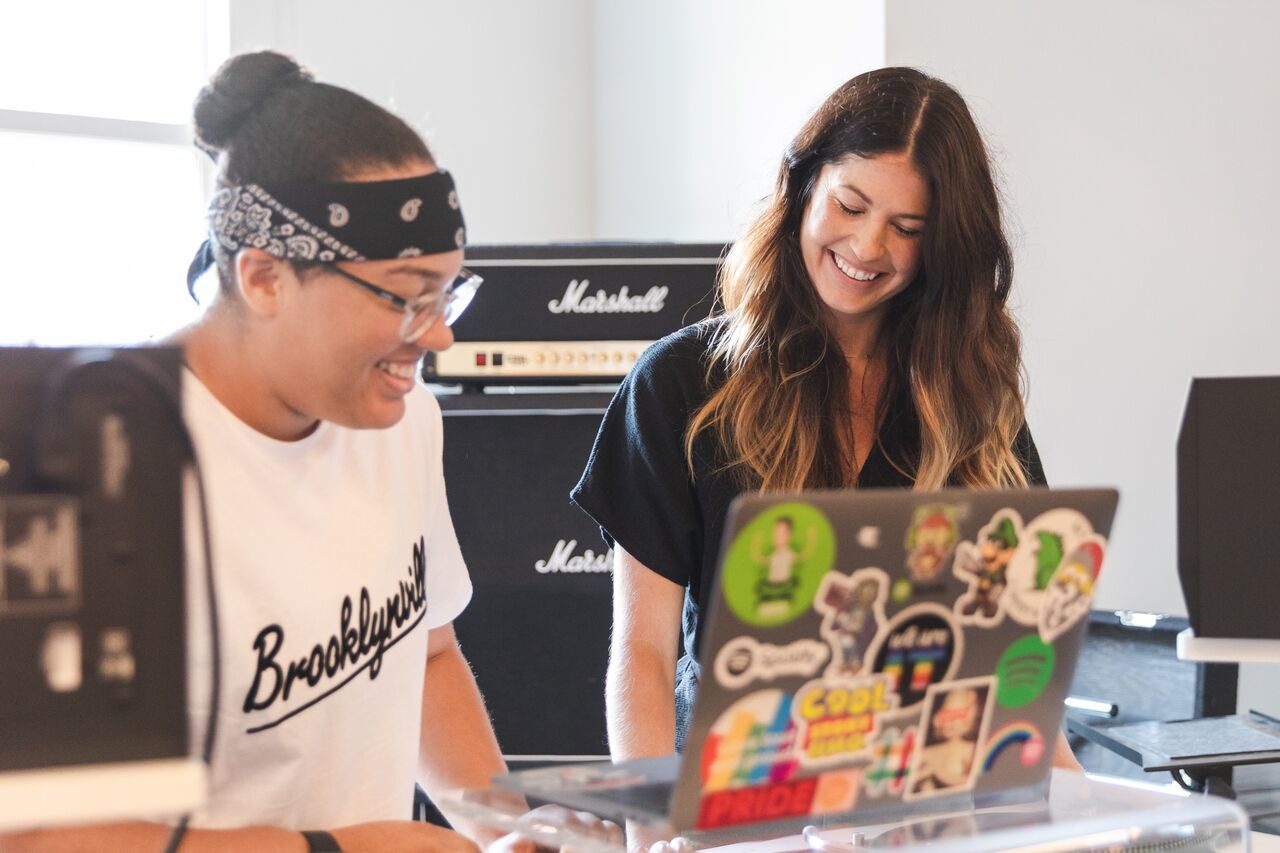





Recent Comments